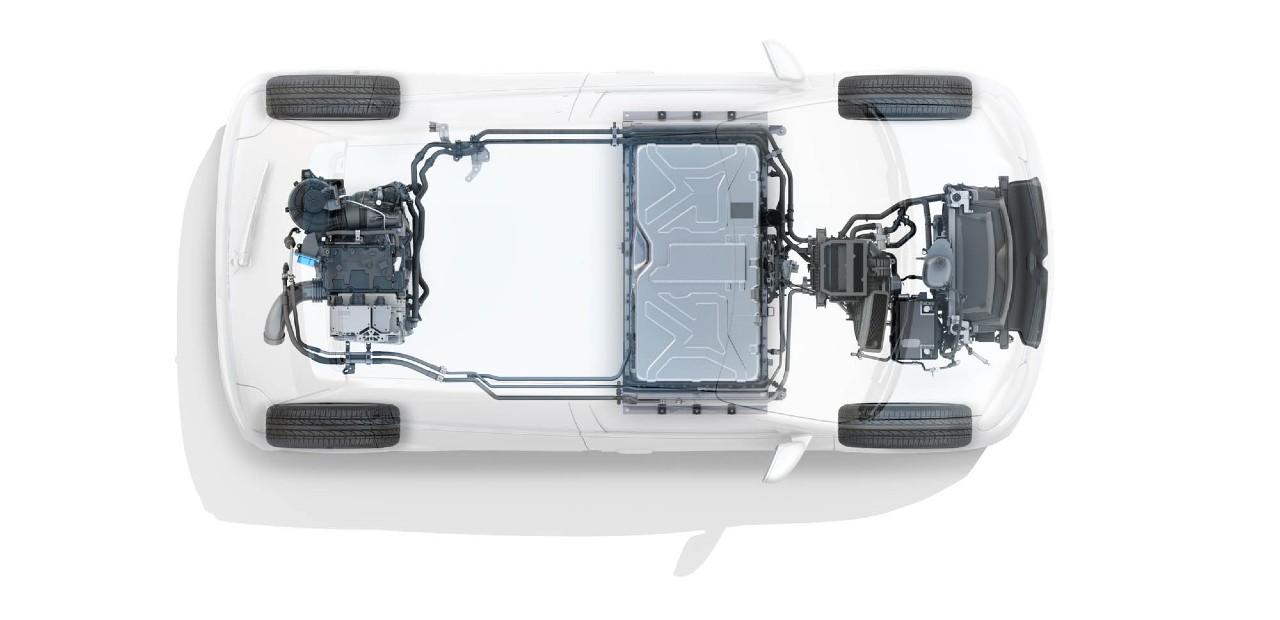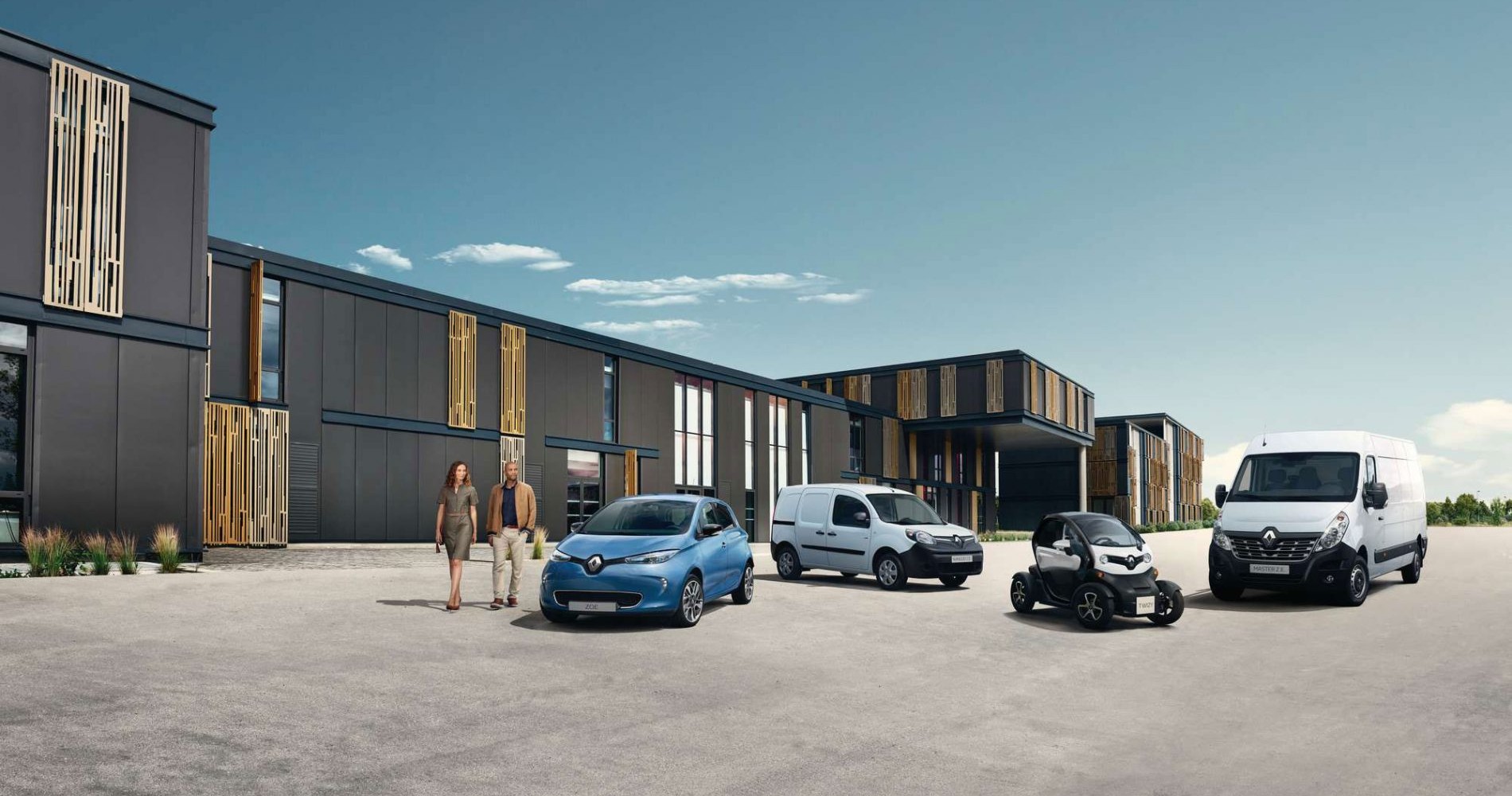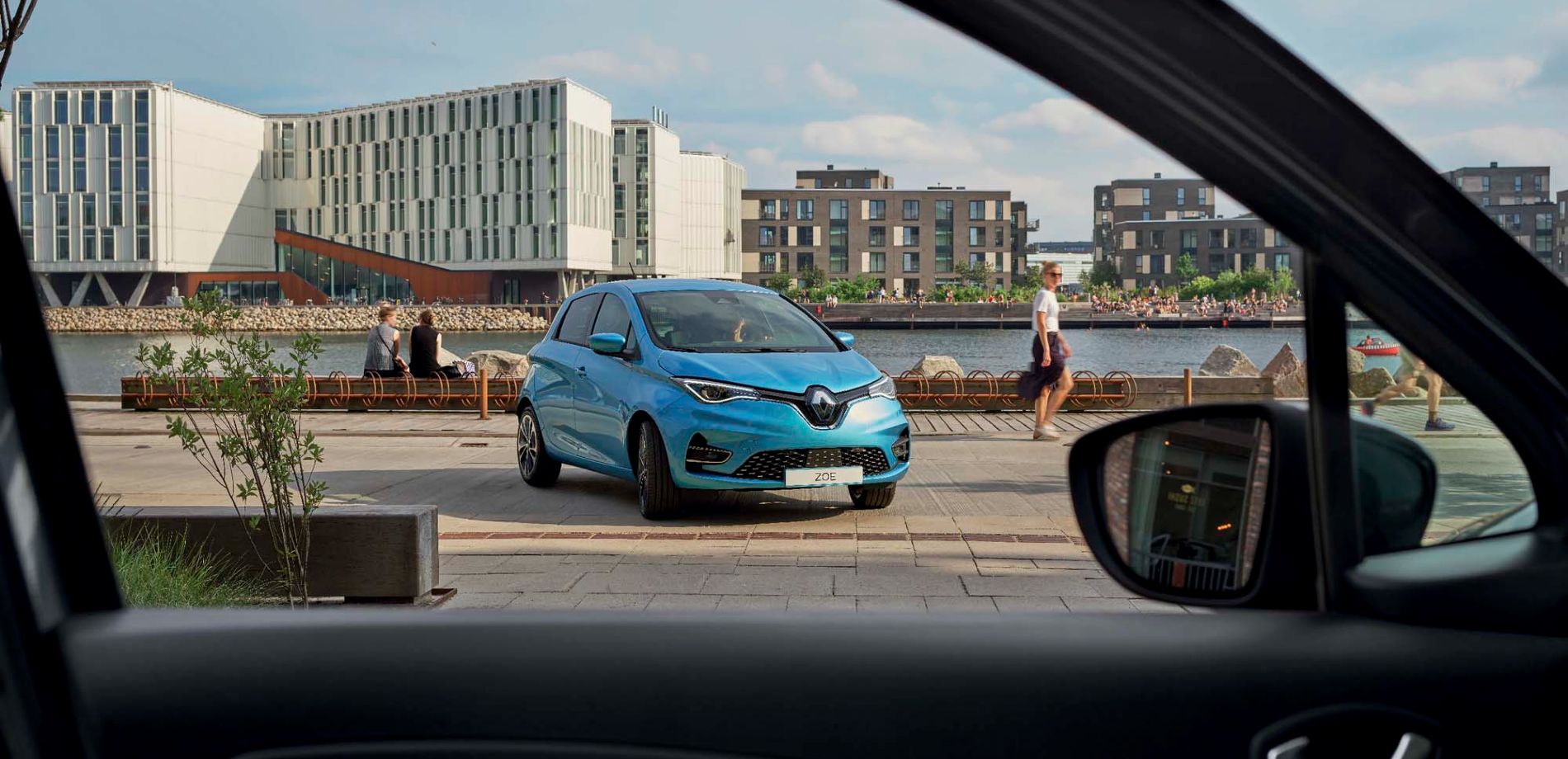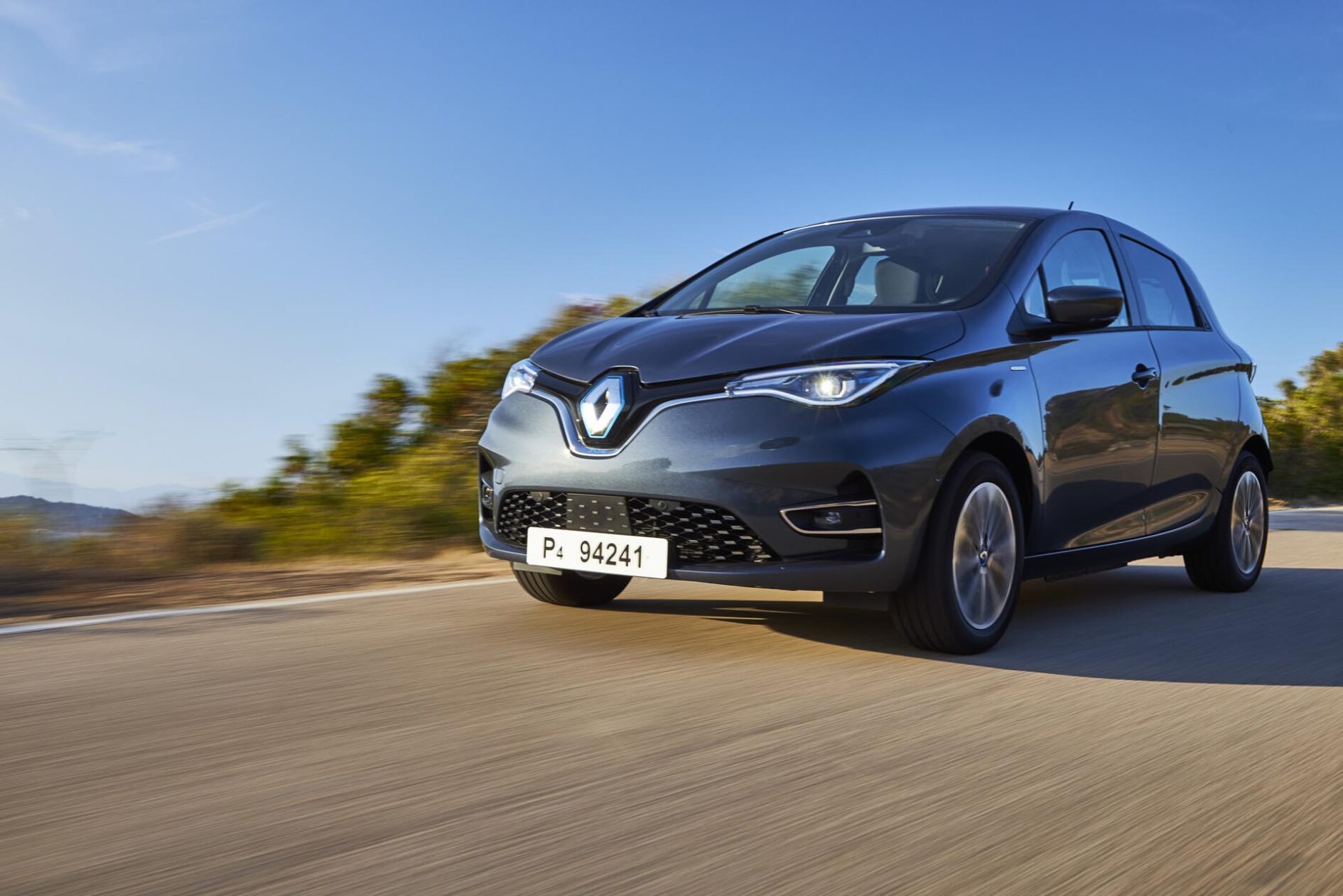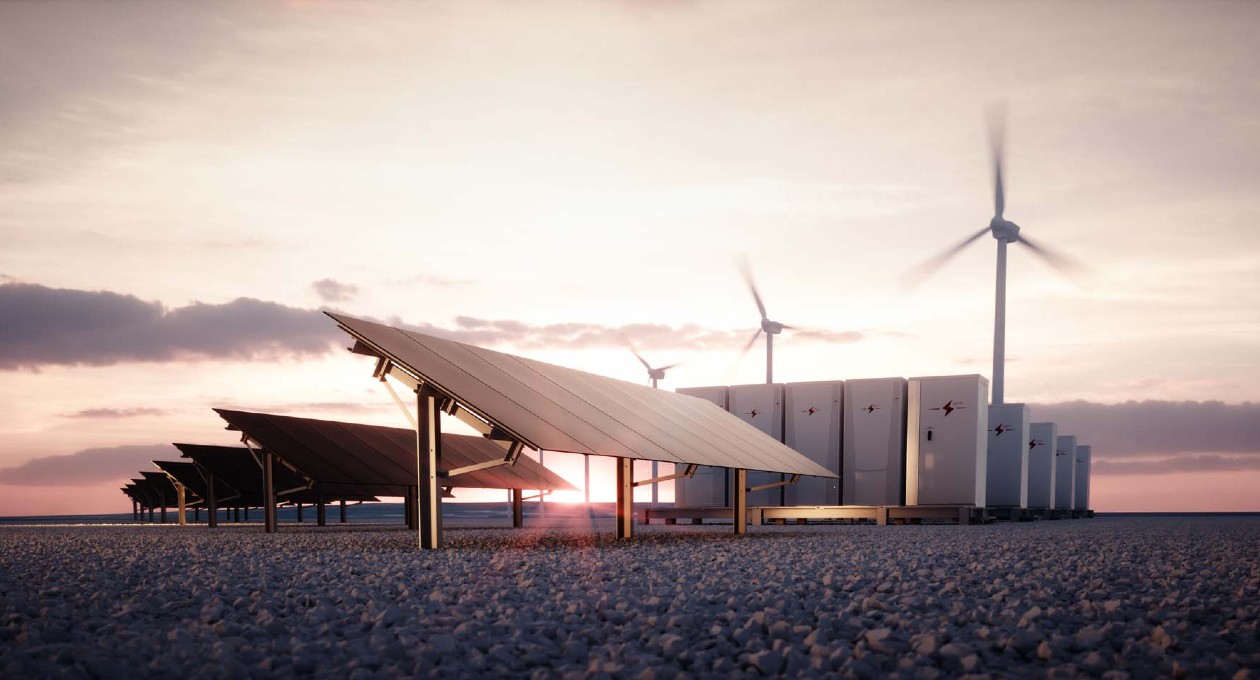

What’s the story behind this platform that now equips the entire Twingo line?
Twingo uses a platform called the Edison, which was first developed in 2010 through a strategic partnership between the Renault-Nissan Alliance and Daimler AG. The project’s objective was to create a high-performing platform able to run both two- and four-seat vehicles, and both combustion-powered and 100% electric cars.
For Twingo – as the New Twingo Electric today – the record-breaking maneuverability, modular interior, and slightly higher driving position than in the previous generation are strengths that are the direct result of choices made during the platform’s design process.

What is the purpose of this purpose-built electric design?
The benefit of Twingo’s native electric platform is obvious: before the New Twingo Electric was even designed, everything was already in place to optimize its performance ! Undeniably, a platform predisposed to EVs (“Electric Vehicles”) optimizes the performance of the future vehicle right from the outset.
By contrast, electrifying a model initially designed exclusively for combustion-powered vehicles requires complex compromises. The fuel tank cannot be simply replaced with a lithium-ion battery; the architecture of the vehicle’s undercarriage must be adapted to fit the spatial and specific assembly needs of an electric car. In particular, the integration of the battery must meet several criteria when it comes to the distribution of mass and shock resistance.
The Edison platform minimizes the number of modifications required because the two types of motorization – combustion and electric – were both taken into consideration during the initial design process. Thanks to this platform, New Twingo Electric has no compromises when compared to combustion-powered models, especially when it comes to the vehicle’s interior. It still has the same flat floor, modular interior and spacious trunk.
To what degree does the platform contribute to Twingo’s – and therefore New Twingo Electric’s – maneuverability?
In order to retain the compact size and maneuverability of the Edison platform, we chose to position the motor at the back, underneath the trunk. Whether the engine is combustion-powered or electric, this reduces instability at the front of the vehicle and allows Twingo’s front wheels to turn up to 45 degrees, considerably superior to what is usually found on the market, giving the vehicle the sharpest turning circle of all the city cars in its class.
The compatibility of the design with both combustion- and electric-powered engines also led us to integrate the housing for the lithium-ion battery below the flat floor, underneath the front seats. At the same time, we elevated the driving position slightly to improve driver visibility and help drivers feel more comfortable in an urban environment. If Twingo is now considered the queen of city driving, it’s thanks to this platform!
The benefit of Twingo’s native electric platform is obvious: before the New Twingo Electric was even designed, everything was already in place to optimize its performance!
Wiscart Stéphane, Twingo Program Director

Why is it the right time to launch New Twingo Electric?
Renault already offers the most extensive line of electric vehicles on the market, with Renault ZOE, Twizy, the utility vehicles Kangoo Z.E. and Master Z.E., and the RSM SM3 Z.E. and Renault City K-ZE models sold in Korea and China. Each model from this line meets different and complementary needs.
When the first ZOE was launched in 2012, in the early stages of the electric vehicle market, it didn’t seem like the right time to offer a second electric vehicle for urban drivers. In 2020, it’s a different story. The launch of an 100% electric small city car in the A segment (New Twingo Electric) as a complement to our versatile city vehicle for the B segment (New ZOE) now makes perfect sense.
New Twingo Electric also benefits from the experience gained by Renault as a pioneer and leader of the electric vehicle industry in Europe. For example, it uses an electric motor designed at the Renault Technocentre and manufactured in our Cléon factory, just like the ZOE from which it was derived. Similarly, the 22 kWh lithium-ion battery in New Twingo Electric was designed based on lessons learned from the Z.E. 50 battery in New ZOE, which allows it to maximize efficiency while preserving its compact form. This battery is also used alongside the famous Caméléon® smart charger, patented by Renault for its optimized charging speed.
Does New Twingo Electric replace combustion-powered versions of the Twingo?
Electric power is at the heart of our strategy. Nonetheless, it is important to us that our clients are always able to choose the type of power that best suits their needs. The Edison platform, designed from the start to work with both combustion-powered and electric vehicles without compromising on any front, allows us to offer this 100% electric version as a high-performing alternative to combustion-powered vehicles.
New Twingo Electric thereby reinforces the appeal of the Twingo line, an iconic car that is constantly being reimagined! It is also the perfect complement to the other vehicles offered by Groupe Renault, unarguably the leading player in 100% electric vehicles in Europe.
Copyrights : Groupe Renault, ADDITIVEMAGROUND
